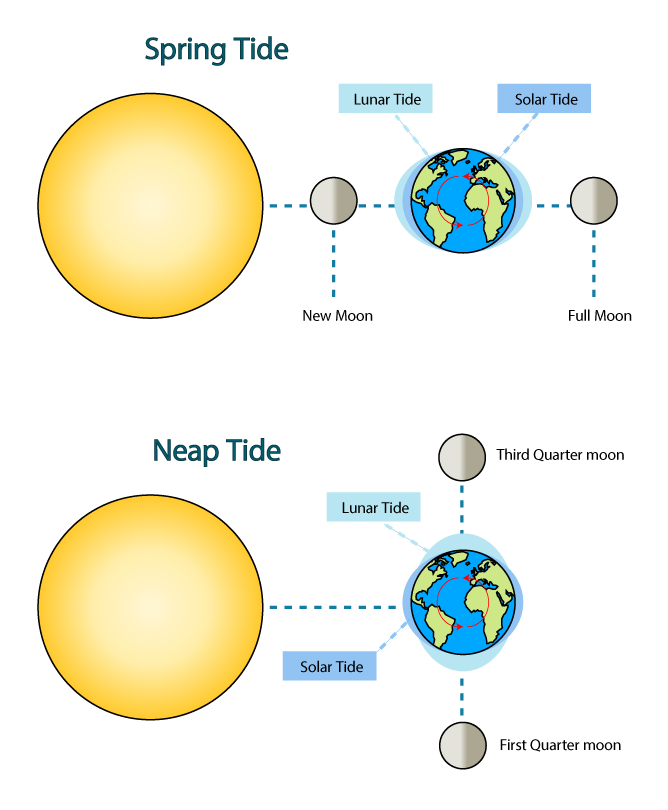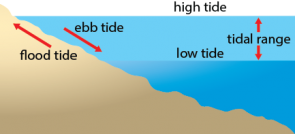Moon’s Wobble Effect | 19 Jul 2021
Why in News
Recently, the National Aeronautics and Space Administration (NASA) has highlighted Moon’s Wobble as a potential problem in the near future.
Key Points
- Moon’s Wobble:
- When the Moon makes its elliptical orbit, its velocity varies and alters causing our perspective of the "light side" to appear at slightly different angles. This is what it calls the Moon’s wobble or that is how it appears to our eyes.
- It is a cyclical shift in the moon’s orbit, it is a regular swaying (Oscillation) in the moon’s orbit.
- It was first documented way back in 1728. This wobble takes over an 18.6-year period to complete. It acts as a background of sea level rise.
- Impact of Wobble on Earth:
- The moon wobble impacts the gravitational pull of the moon, and therefore, indirectly influences the ebb and flow of tides on the Earth.
- Each wobble cycle has the power to amplify and suppress the tides on Earth.
- During half of the Moon’s orbit of 18.6 years, the Earth's regular tides are suppressed i.e. high tides are lower than normal and low tides higher than normal (Current situation).
- In the other half, the effect is reversed, which is called the tide-amplifying phase of the Moon.
- Related Concerns:
- The lunar cycle is expected to shift again by mid-2030, and in the coming phase, the tides will amplify once again.
- The upcoming changes in the lunar cycle will pose a serious threat, as the amplified high tides coupled with the rising sea levels will make the risk of flooding far greater across all coastal regions of the globe.
- It raises the baseline, and the more the baseline is raised, the smaller the weather event to cause flooding.
- The high tide-associated floods—also known as nuisance floods or sunny day floods—may occur in clusters that could last for months or even for longer periods.
- This surge will be closely associated with the position of the Moon, Earth and the Sun.
Tides
- About:

- Tides can be defined as the alternate rise and fall of the ocean water.
- Occurrence:
- It is caused by the combined effects of the gravitational force exerted on Earth by the Sun, the gravitational force exerted on Earth by the Moon and rotation of the Earth.
- Types:
- Spring Tide: It occurs during the full moon and new moon days when the sun, the moon and the earth are in the same line twice each lunar month all year long, without regard to the season.
- Neap Tide: It occurs when the moon is in its first and last quarter, the ocean waters get drawn in diagonally opposite directions by the gravitational pull of sun and earth resulting in low tides.
- Stages of Tidal Changes:

- High tide is the stage when the tidal crest arrives at a particular location on shore, raising the local sea level.
- Low tide is the stage when the trough arrives, lowering the local sea level.
- Flood tide is a rising or incoming tide between low tide and high tide.
- Ebb tide is a falling or outgoing tide between high tide and low tide.
- The vertical distance between high tide and low tide is the tidal range.
- Impact:
- Tides affect other aspects of oceanic life, including the reproductive activities of fish and ocean plants.
- High tides help in navigation. They raise the water level close to the shores which helps the ships to arrive at the harbour more easily.
- Tides stirr the ocean water that makes habitable climatic conditions and balance the temperatures on the planets.
- The fast movement of water during the inflow and outflow will provide a source of renewable energy to communities living along the coast.
